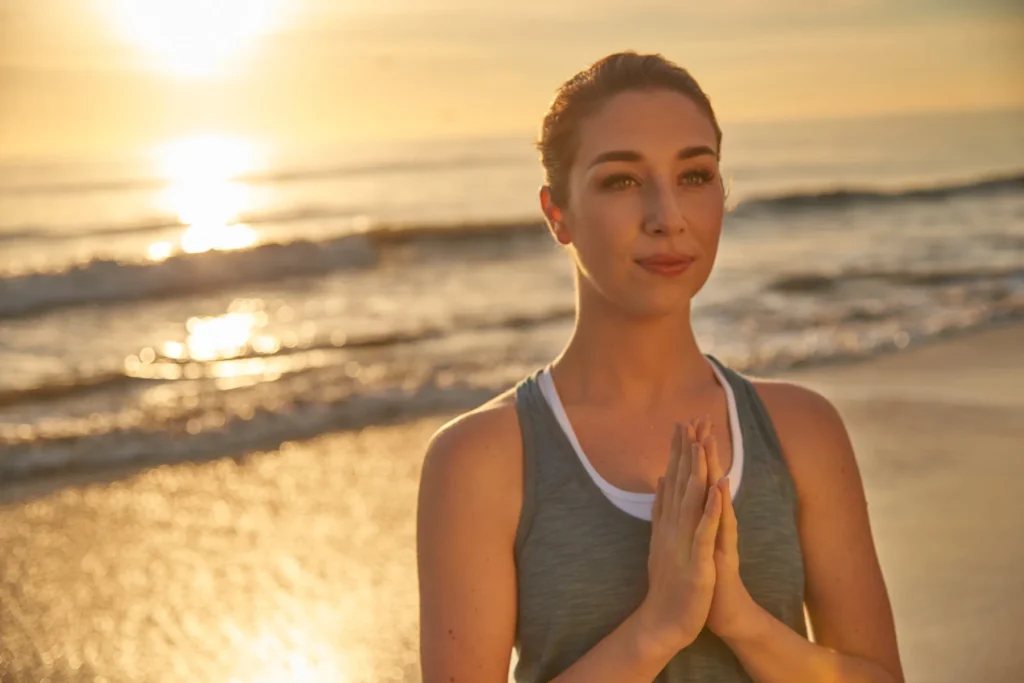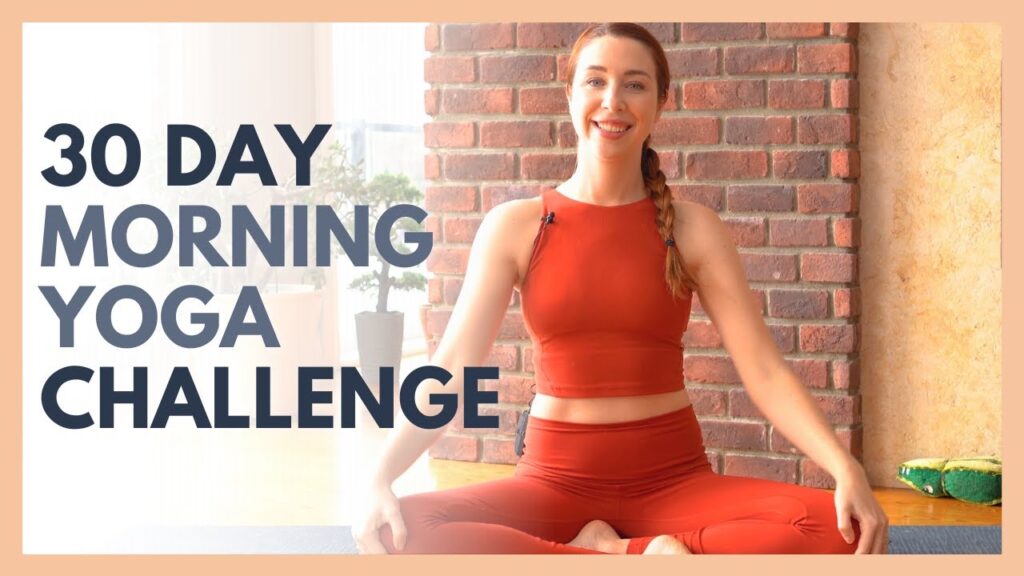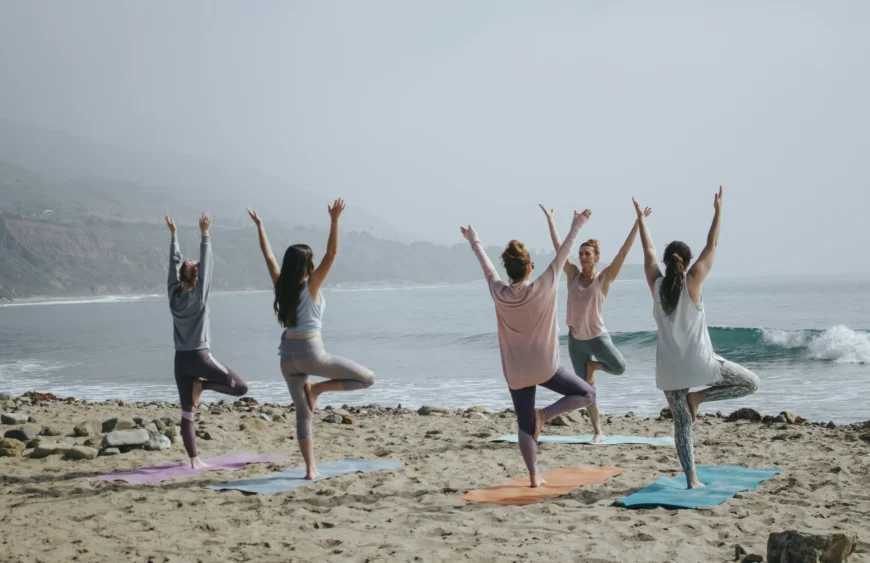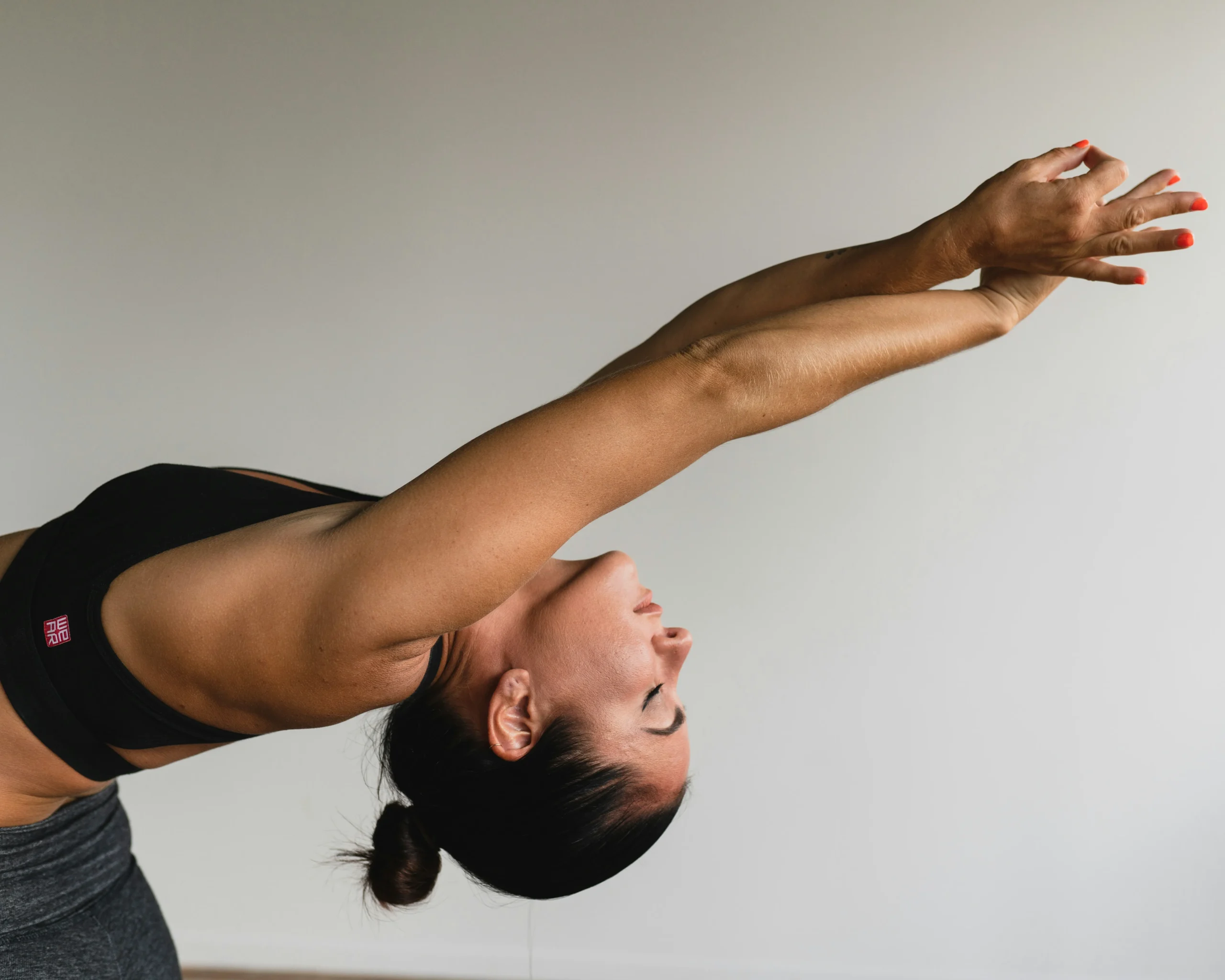From Yoga Mat to Mentor — Embarking on Your Journey to Teach
Have you ever left a yoga class feeling so revitalized that you wondered what it would be like to be on the other side of the mat? If yoga isn’t just a hobby but a passion for you, turning that passion into a profession might just be your calling. In this blog, we’re diving into the blissful world of becoming a yoga teacher — because who wouldn’t want to spend their days spreading peace and perfecting poses?
Whether you’re in it for the serenity or the stretch, or you dream of chanting ‘Om’ in a room full of eager students, becoming a yoga teacher can be as fulfilling as it is flexible. Ready to transform your passion into your profession? Let’s roll out our mats and step into the world of yoga teaching, one breath at a time.
Table of Contents
Step 1: Understand What Being a Yoga Teacher Involves

The Role and Responsibilities of a Yoga Teacher
Being a yoga teacher is more than just striking poses and keeping your zen. It’s about guiding your students through a transformative journey both physically and mentally. As a teacher, you’ll plan sessions, demonstrate postures, and provide a safe, supportive environment for your students to explore their own capabilities.
Key Responsibilities:
- Planning Yoga Sessions: Tailor each class to suit the needs and levels of your students.
- Demonstrating Techniques: Clearly demonstrate poses and offer adjustments to ensure safety and proper form.
- Creating an Atmosphere: Cultivate a welcoming and calm environment conducive to learning and relaxation.
- Providing Feedback: Offer constructive feedback to help students improve their practice.
The Personal and Professional Rewards
Ask any yoga teacher, and they’ll tell you about the profound personal rewards that come with the job. From the joy of seeing students achieve their personal best to experiencing the growth of your own practice, the benefits are boundless.
Personal and Professional Benefits:
- Deepened Personal Practice: As you teach, your own understanding of yoga deepens.
- Flexibility in Work-life Balance: Many yoga teachers enjoy flexible schedules that allow them to balance personal life and other commitments.
- Community and Connection: Build meaningful connections with a community of like-minded individuals.
- Continuous Learning: The learning never stops, as yoga is an evolving practice with deep historical roots.
Becoming a yoga teacher involves commitment, passion, and a willingness to guide others. You’ll need to embrace both the challenges and rewards that come with teaching, ensuring you grow not just as a practitioner, but as an individual.
Step 2: Get the Right Training and Certification
Choosing the Right Yoga Teacher Training (YTT)
Embarking on your Yoga Teacher Training (YTT) is a big step—think of it as the Hogwarts Sorting Hat of your yoga career. It’s crucial to choose a training program that not only aligns with your yoga style preferences but also meets recognized certification standards. Here’s how to pick the right one:
Key Considerations:
- Accreditation: Ensure the program is accredited by a reputable organization, such as the Yoga Alliance.
- Style of Yoga: From Vinyasa to Hatha, make sure the style taught resonates with your personal practice and teaching goals.
- Program Structure: Some programs offer intensive courses, while others are stretched over several months. Consider what fits best with your lifestyle.
- Faculty and Alumni Reviews: Research the experiences of past students to gauge the quality and impact of the program.
Certification Processes
After you’ve sweated through and savored your training hours, obtaining your certification is the next milestone. This often involves:
Steps to Certification:
- Completing Course Requirements: Typically involves a set number of training hours divided between practice, teaching, and theory.
- Examination: Some programs require a final test, which can be practical, written, or both.
- Registration: After passing your exam, register with a yoga teacher association to gain official recognition and credibility.
Step 3: Gain Experience

Teaching Your First Classes
Now that you’re trained and certified, it’s time to step onto the mat as a teacher. Starting to teach can be daunting, but it’s also exhilarating. Begin by:
Starting Small:
- Offer Free Classes: Offering free classes can help build confidence and attract initial students.
- Assist in Classes: Work alongside an experienced teacher to gain insights and exposure.
Volunteering and Other Opportunities
Gain invaluable experience and make a difference by teaching in non-traditional settings or through volunteer work:
Ways to Expand Experience:
- Community Centers: Teach at local community centers or parks to reach a broader audience.
- Charity Events: Participate in charity yoga events, which often seek volunteer teachers.
- Workshops and Retreats: These can be excellent venues to teach more intensively and refine your skills.
Gaining experience as a yoga teacher involves a blend of teaching, learning, and connecting with your community. Every class you teach is a step towards mastering your craft and deepening your impact as a teacher.
Step 4: Develop Your Unique Teaching Style
Finding Your Yoga Niche
While general yoga knowledge is invaluable, specializing can set you apart in a crowded market. Identifying a niche can cater to specific groups or interests, enhancing your appeal as a teacher.
Potential Niches:
- Prenatal Yoga: Specialize in yoga for expecting mothers.
- Athletic Recovery Yoga: Focus on athletes looking to improve recovery and performance.
- Yoga for Seniors: Adapt yoga practices for older adults focusing on mobility and flexibility.
- Mindfulness Yoga: Emphasize mental health and stress reduction.
Continuous Learning and Practice
The path of a yoga teacher is ever-evolving, requiring continual learning and adaptation.
Ways to Continue Learning:
- Advanced Certifications: Pursue higher-level or specialized certifications.
- Workshops and Seminars: Regularly attend industry workshops to learn new techniques and trends.
- Self-Practice: Maintain and evolve your own yoga practice to stay connected to your teachings.
Building Your Signature Teaching Method
Combine your personality, expertise, and niche to create a signature teaching method that makes your classes uniquely yours.
Tips for Developing Your Method:
- Personalize Your Approach: Integrate personal experiences and philosophies into your teachings.
- Feedback Loop: Regularly solicit and incorporate feedback from students to refine your style.
Step 5: Market Yourself and Build a Following

Digital Marketing for Yoga Teachers
In the digital age, an online presence is crucial for building your brand as a yoga teacher.
Effective Strategies:
- Social Media: Use platforms like Instagram, YouTube, and Facebook to share yoga tips, post class updates, and engage with your community.
- Website: Create a professional website with your bio, class schedule, blog posts, and contact information.
- Email Newsletters: Keep your students informed and engaged with regular updates, tips, and special offers.
Building a Community
Fostering a community both online and in-person can lead to sustained growth and a loyal student base.
Community Building Techniques:
- Special Events: Host workshops, retreats, and special classes to deepen relationships with clients.
- Collaborations: Partner with other yoga teachers or wellness professionals to expand your network.
- Engagement: Actively engage with your students and online followers to build relationships and encourage word-of-mouth referrals.
Leveraging Testimonials and Success Stories
Showcase testimonials and success stories from your students to attract new ones and build trust.
Utilizing Testimonials:
- Highlight Successes: Share student transformations and testimonials on your website and social media.
- Video Testimonials: Encourage students to share their experiences in video form, which can be more personal and engaging.
Conclusion: Embark on Your Yoga Teaching Journey
As you roll up your mat at the end of this article, remember that the journey to becoming a yoga teacher is as rewarding as it is transformative. Each step you take builds not only your professional credentials but also deepens your personal practice and connection to others.
Embrace the challenges and enjoy the process of sharing your passion for yoga with the world. With dedication, continuous learning, and a heart open to guiding others, you can make a significant impact on the lives of your students and enrich your own life in the process. So take a deep breath, set your intentions, and step forward into your new path as a yoga teacher. The world needs your unique light and teachings now more than ever.
FAQ Section
Q1: How long does it take to become a certified yoga teacher?
A1: It typically takes between 200 to 500 hours of training to become certified, depending on the level of certification you are pursuing. Most basic programs require 200 hours.
Q2: Can I teach yoga without a certification?
A2: While there is no legal requirement to be certified, most reputable yoga studios and fitness centers require proper certification to teach, ensuring safety and professionalism.
Q3: How much can I earn as a yoga teacher?
A3: Earnings vary widely based on location, experience, and how many classes you teach. Some full-time yoga teachers make between $30,000 and $80,000 annually.
Q4: Is online yoga teacher training worth it?
A4: Online training can be a valuable resource, especially if you need flexibility. However, ensure that any online certification is accredited and recognized in the yoga community.
Q5: How can I continue my education as a yoga teacher?
A5: Continuing education can be pursued through advanced certifications, workshops, seminars, and specialized training programs to stay updated with the latest practices and techniques.
Additional Resources
- Yoga Alliance: Provides a directory of accredited yoga schools and teachers. Yoga Alliance
- Books: “Light on Yoga” by B.K.S. Iyengar and “The Heart of Yoga” by T.K.V. Desikachar offer deep insights into the practice and teaching of yoga.
- Online Platforms: Websites like Yoga Journal and Yoga International offer articles, video tutorials, and further learning materials.
- Local Yoga Workshops: Regularly attending workshops in your area can help you network with other yoga teachers and deepen your practice.
You want to learn more? Check out:







